While bringing your child for regular 6 monthly check-ups with a dentist is important, the most important part of oral health care takes place at home. Good tooth brushing habits developed from a young age will accompany your children into adulthood and help prevent tooth decay and gum disease. Considering the variety of toothbrushes and toothpastes on the market, choosing the right ones for your child can be a daunting task. What should you look out for when picking the very first toothbrush and toothpaste for your child?
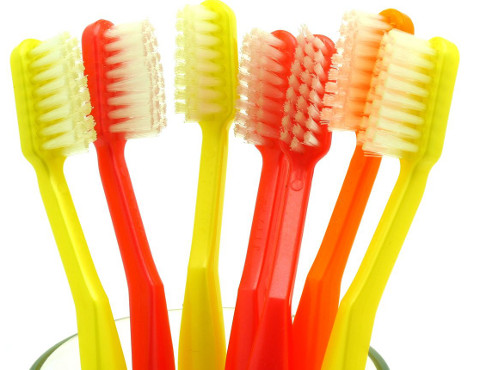
Finding the right brush
When shopping for a toothbrush for your child, you should look for toothbrushes with the following characteristics:
1. Soft Bristles
Soft bristles are more comfortable for your child and allow for gentle cleaning of your child’s teeth. Harder bristles may hurt the gums of your child’s teeth, especially if the brushing technique is poor.
➡️ Related Read: Getting kids to brush teeth
2. Bristle pattern
Some toothbrushes have a bristle pattern which enhances plaque removal. The bristles are arranged at different heights and angles and some studies have shown these to be more effective than flat-trim bristles in removing plaque and reducing gingivitis.
3. Small Brush Heads
Toothbrushes with very small heads that are designed for baby teeth should be chosen. This will ensure that the toothbrush bristles can reach and clean all angles of your child’s teeth and that he does not have to stretch his mouth uncomfortably in order to ‘fit’ the toothbrush in.
4. Large Handles
Children generally find larger toothbrush handles easier to grip. This will allow them to handle the toothbrush better and be more effective when brushing their teeth.
5. Additional Considerations:
- Powered toothbrushes
Powered toothbrushes are good choices over manual toothbrushes for anyone who needs assistance with brushing their teeth. This includes children who are still in the process of developing their manual dexterity. There is evidence that powered toothbrushes are more effective in removing plaque and reducing gingivitis than manual toothbrushes. In children especially, powered toothbrushes also improve compliance with toothbrushing. This is because children often perceive a powered toothbrush as a toy and thus have more fun using it to brush their teeth.
- Cartoon characters
Children’s toothbrushes come in a variety of colours and many have cartoon characters on their handles. Getting a toothbrush with your child’s favourite cartoon character might help if your child kicks up a fuss during tooth brushing time. It is important to replace your child’s toothbrush regularly. A general guideline would be every three months. However, once the bristles are visibly bent it should be replaced. A brush that shows signs of wear cannot clean effectively.
Finding The Right Toothpaste
Toothpastes are an inseparable part of tooth brushing. It is important to note the fluoride concentration when picking out a toothpaste for your child. Fluoride serves to strengthen tooth enamel and make it more resistant to decay and the effectiveness of fluoride in toothpaste is dose dependent.
Adult toothpastes generally contain 1000 – 1500 ppm fluoride. Toothpaste specially formulated for children are either non-fluoridated or contain a lower concentration of fluoride (~500 ppm). This is because swallowing too much fluoride over time can lead to a condition called fluorosis. Fluorosis is the developmental disturbance of enamel caused by exposure to high concentrations of fluoride during tooth development.
As recommended by the American Dental Association, a non-fluoridated toothpaste should be used for children age 2 and younger unless advised otherwise by your dentist. For children older than 2, brush their teeth with a pea-sized amount of fluoridated toothpaste. Always supervise their brushing and encourage them to spit out the toothpaste.
By Dr Lim Min Min, Dental Surgeon, T32 Junior.
This article was first published in The New Age Parents online magazine.
* * * * *
Like what you see here? Get parenting tips and stories straight to your inbox! Join our mailing list here.
Want to be heard 👂 and seen 👀 by over 100,000 parents in Singapore? We can help! Leave your contact here and we’ll be in touch.



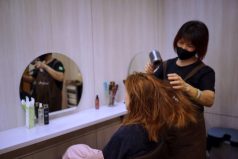


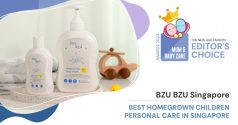
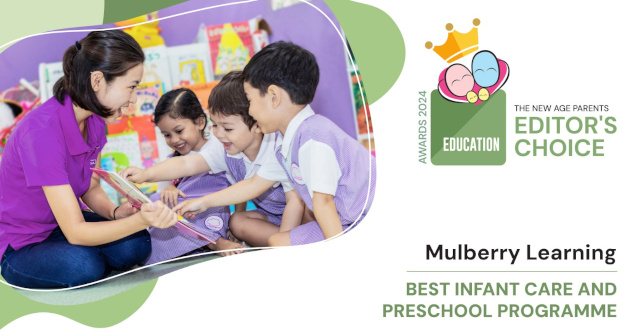
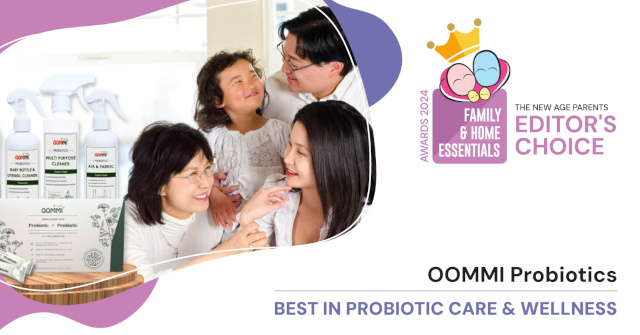

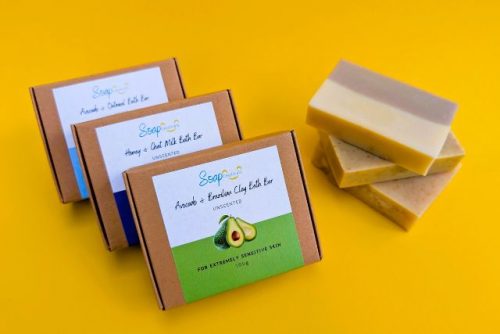
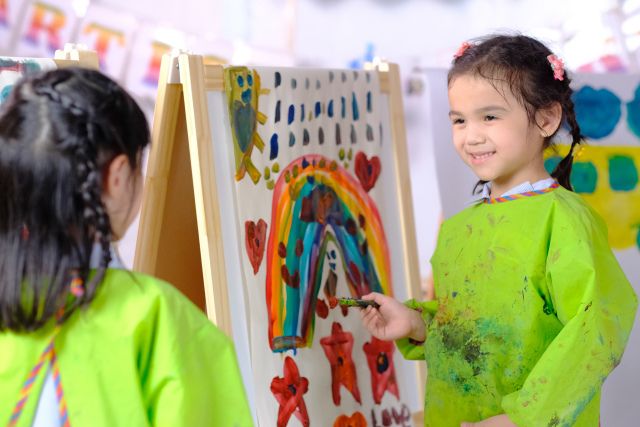
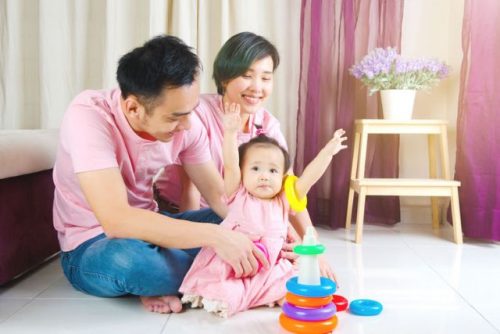

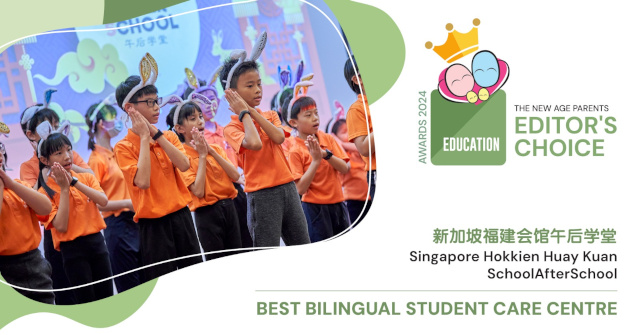
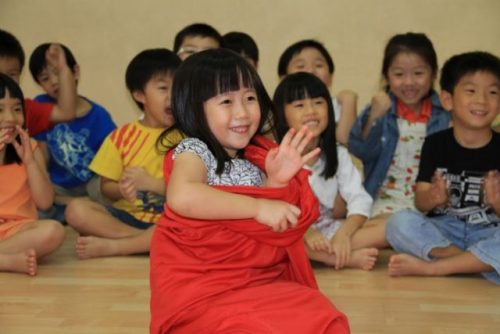

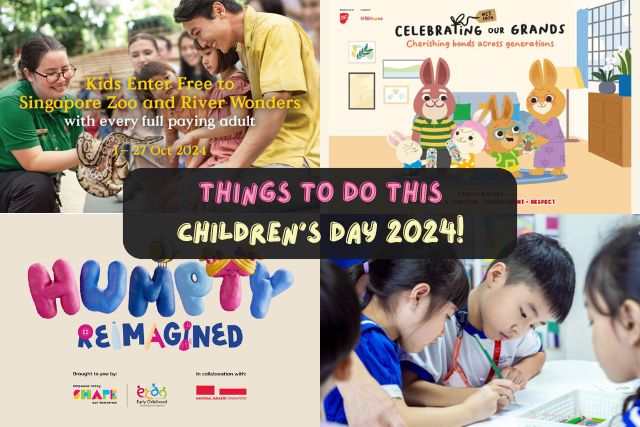
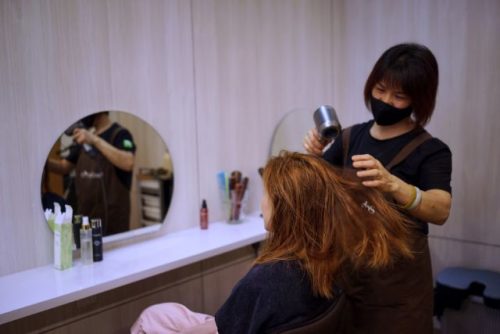

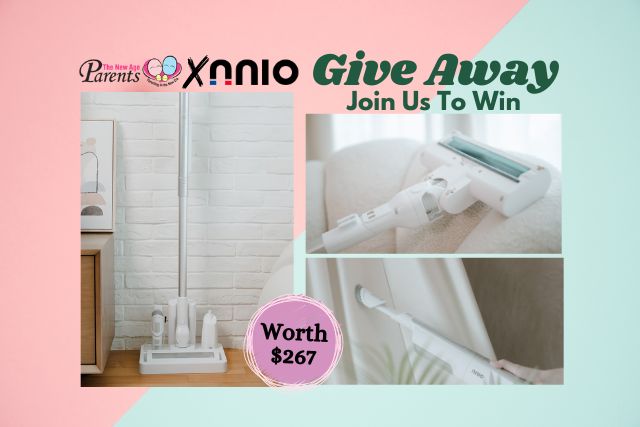
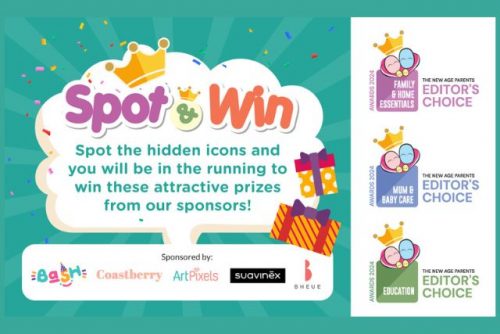


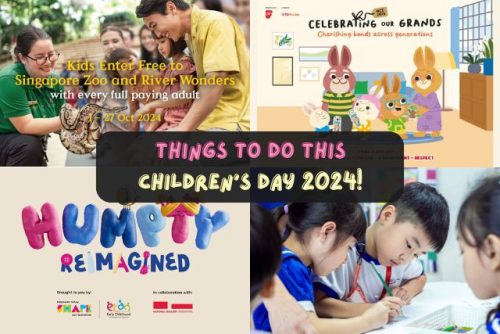

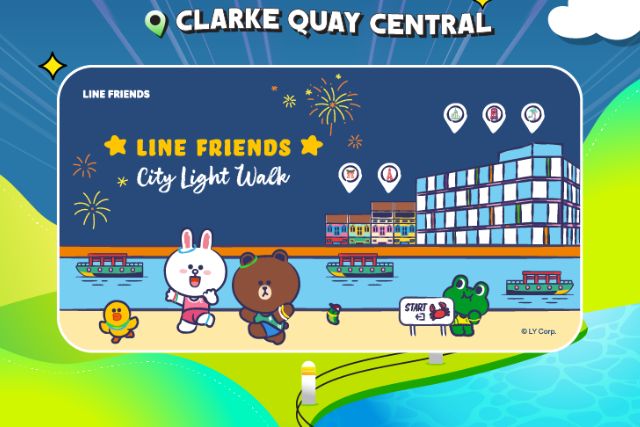
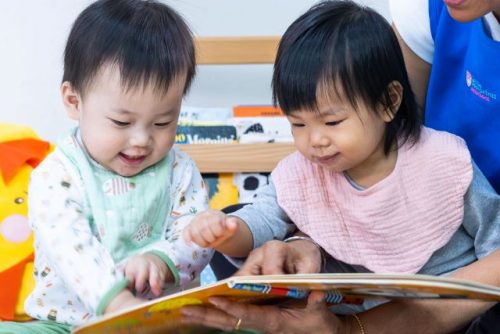
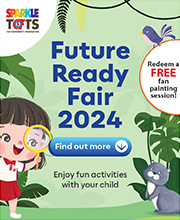
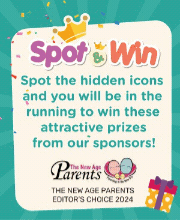






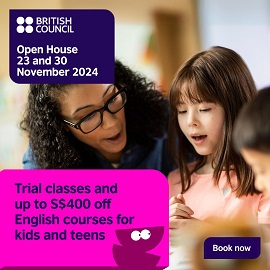
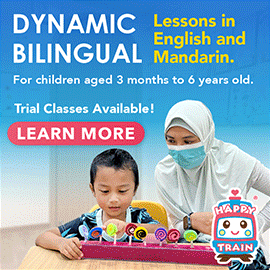

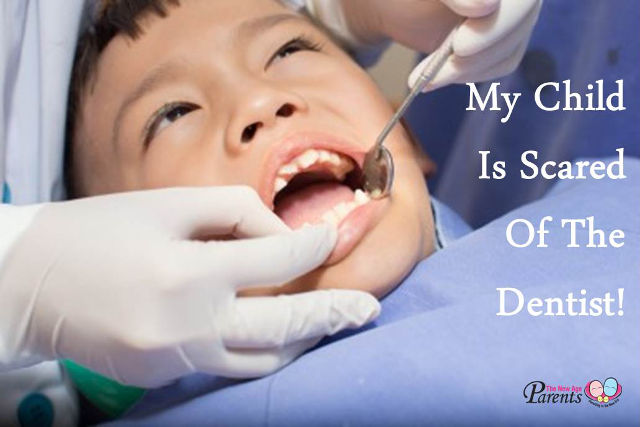
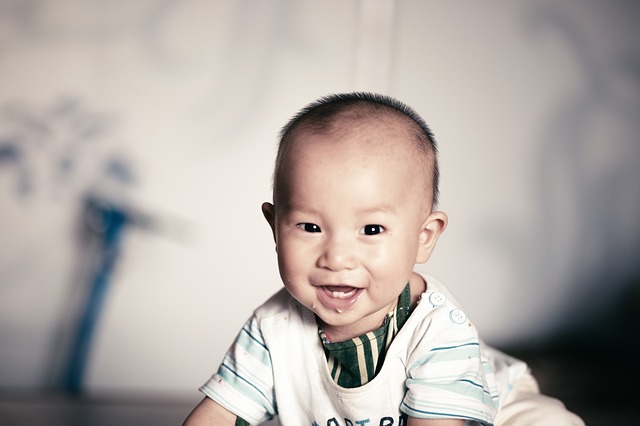
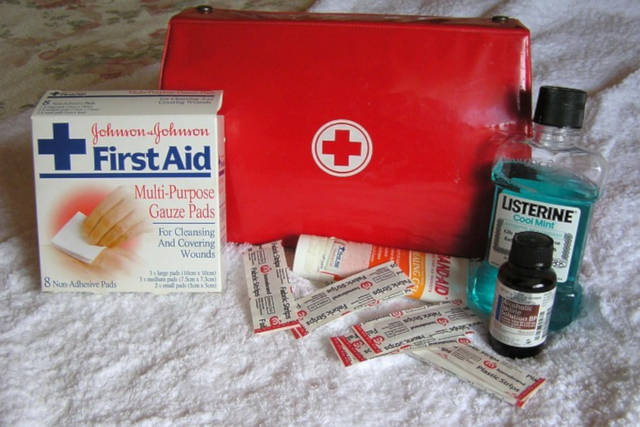
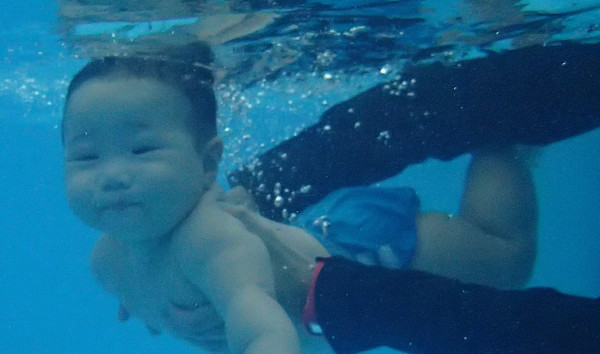
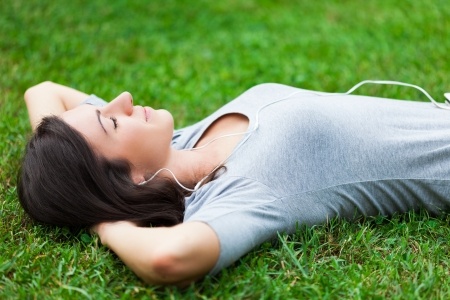
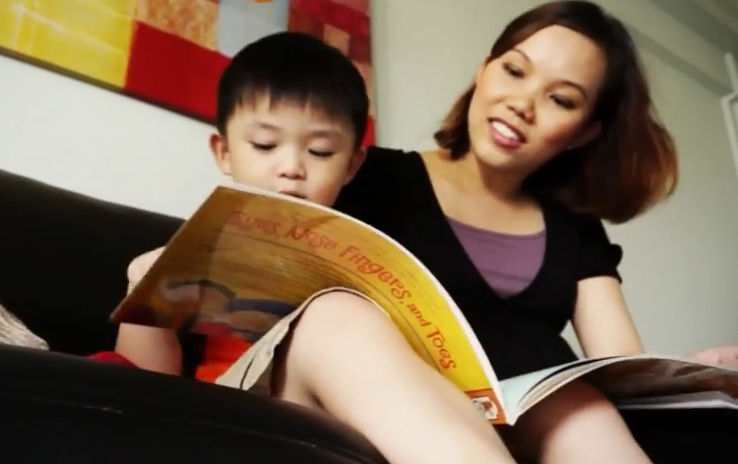

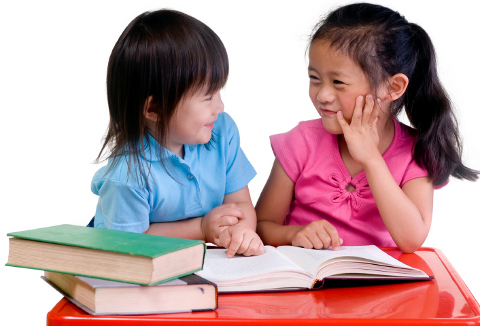
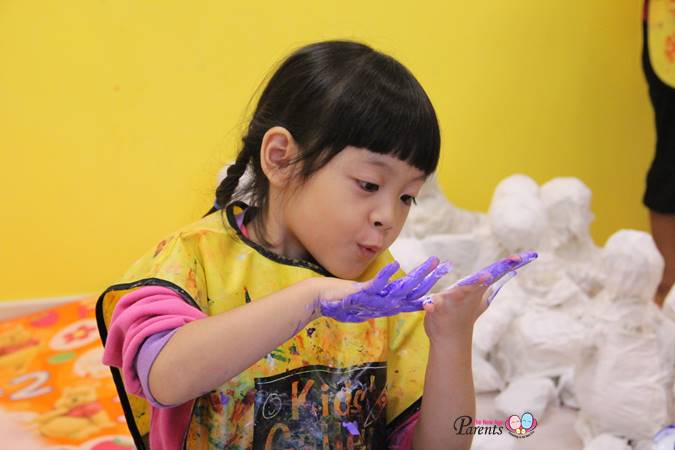
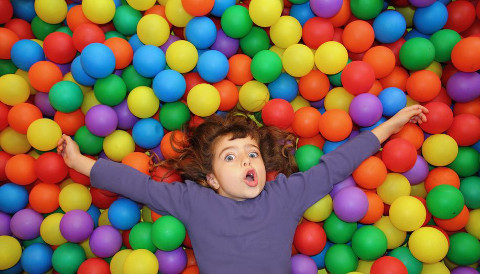
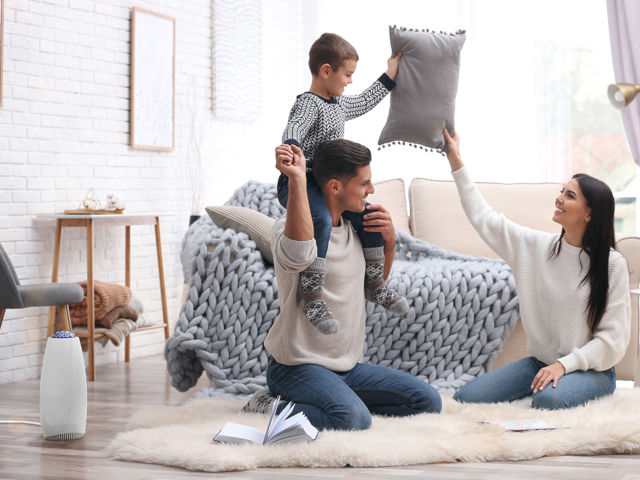
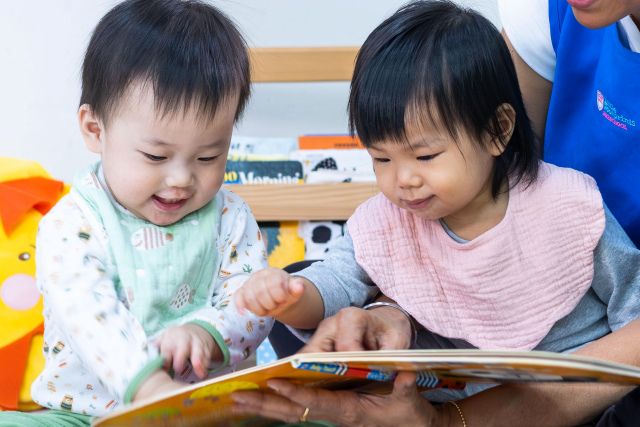
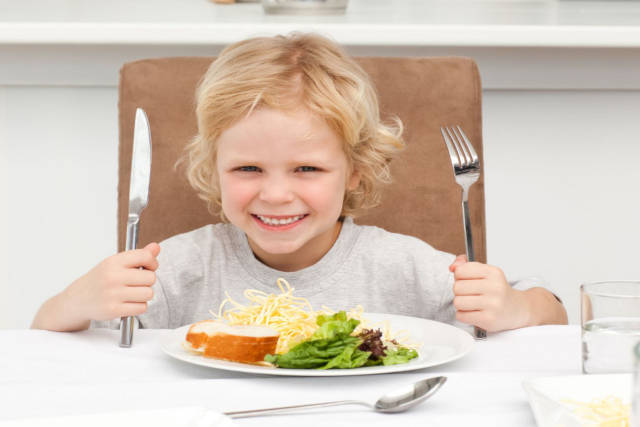






Leave a Comment: